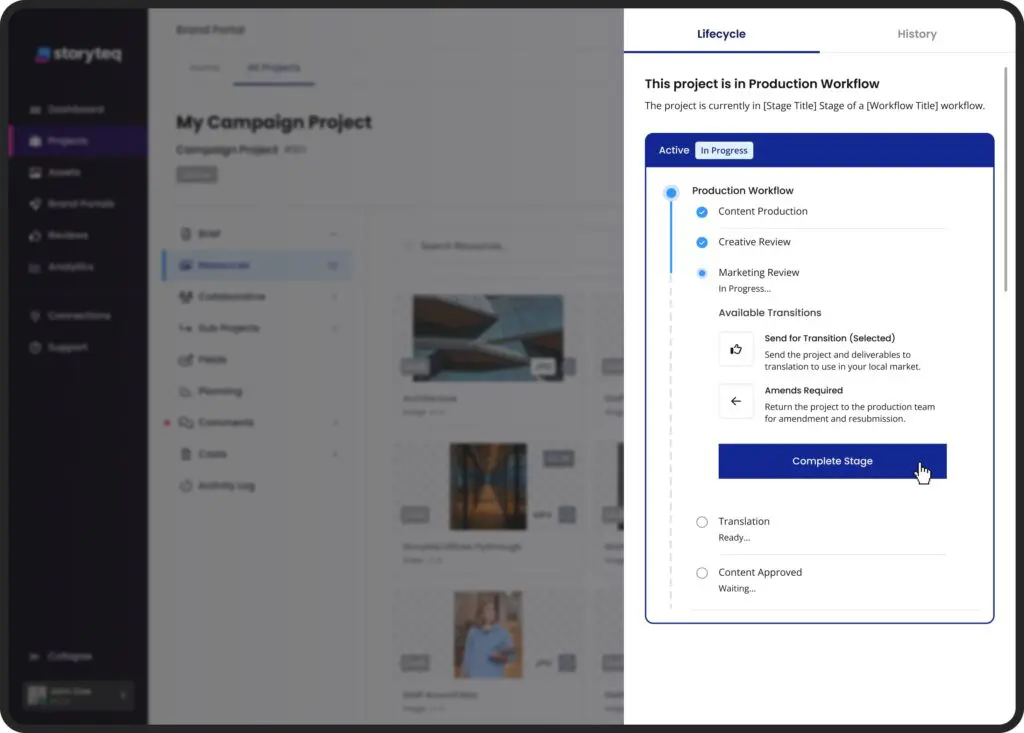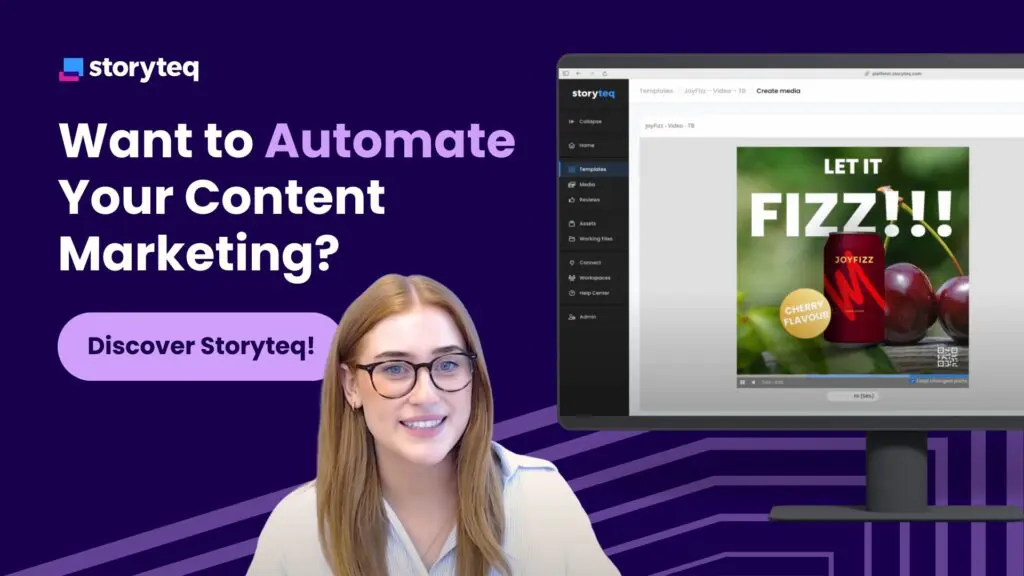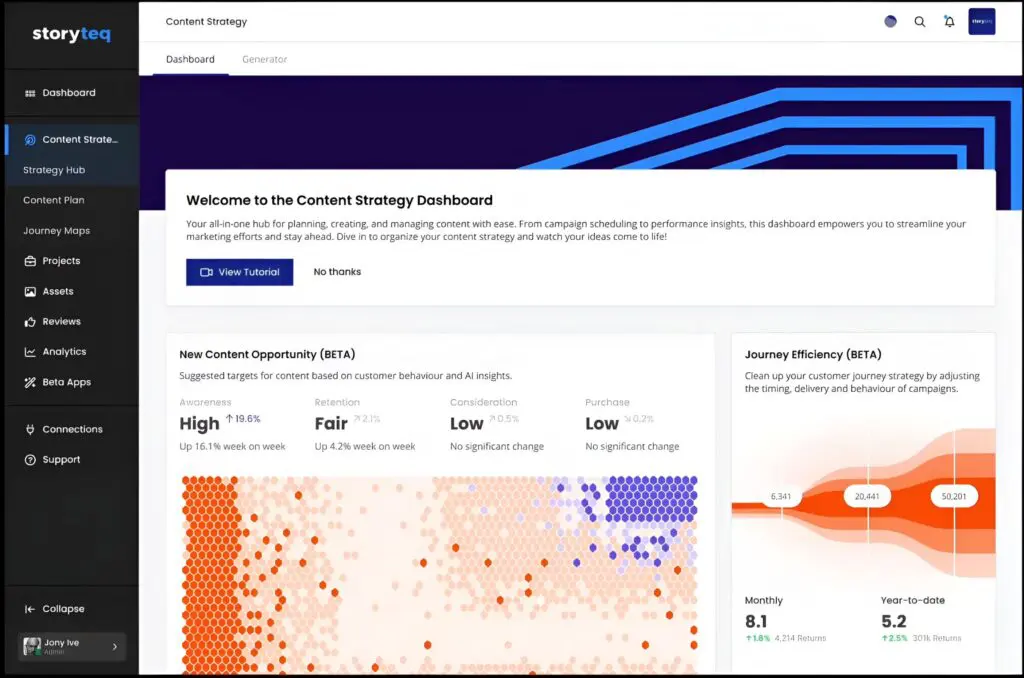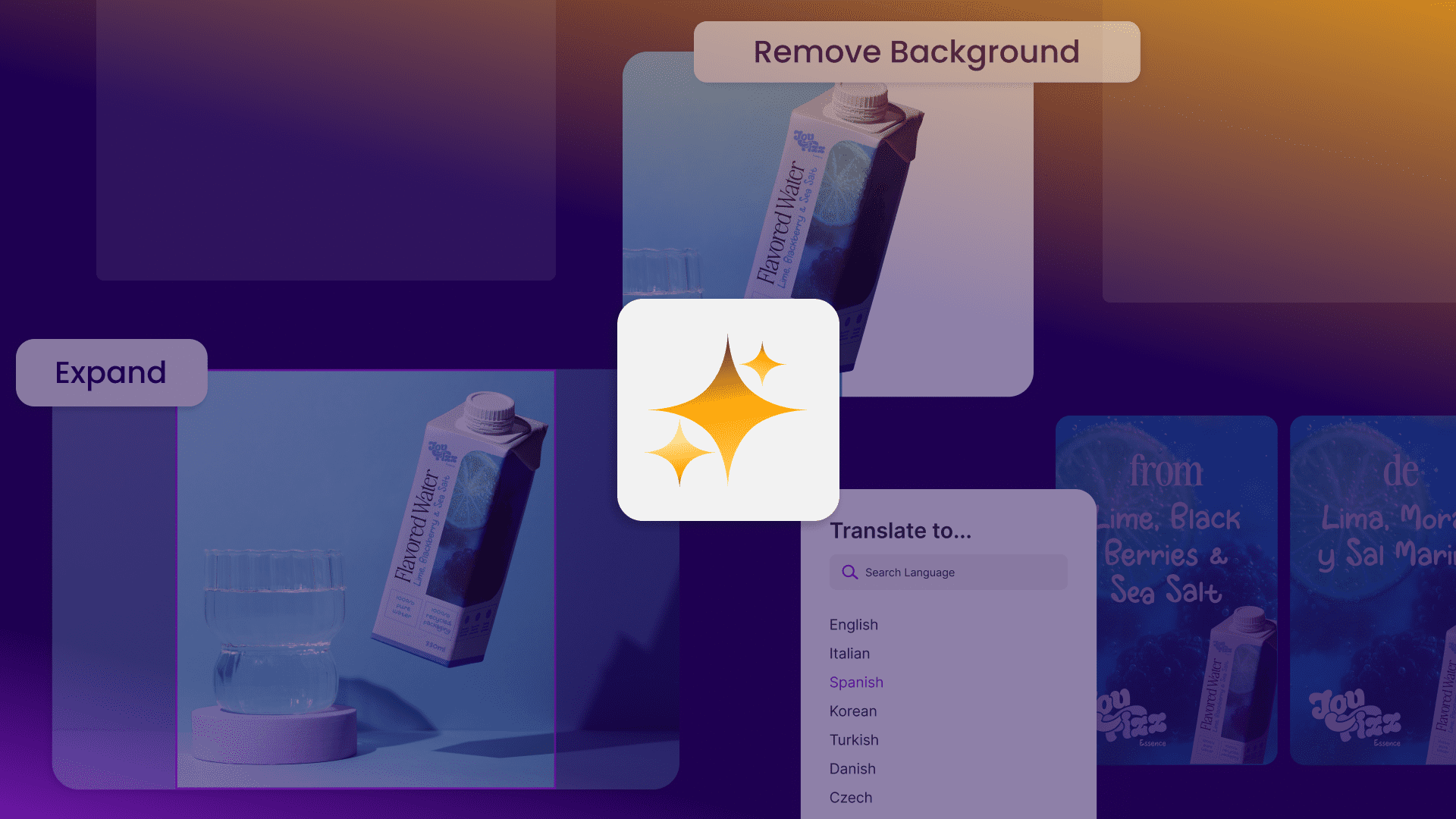What is Digital Asset Management and Why Is It Important for Modern Content Operations?
In the digital-first environment, you face an unprecedented challenge: managing thousands of creative assets across multiple channels, platforms, and markets. Digital Asset Management (DAM) platforms work as the centralized hub where you store, organize, retrieve, and distribute your digital content – including images, videos, documents, and other media files.
A DAM system functions as both a repository and an operational engine for content. Rather than merely storing files, modern DAM platforms enable you to use structured metadata tagging, version control, rights management, and seamless distribution capabilities. This systematic approach transforms your scattered digital assets into accessible, reusable resources that drive your marketing and creative operations.
The evolution of Digital Asset Management represents a shift from passive storage to proactive content enablement—turning what was once a static library into a dynamic engine that powers content operations across your enterprise.
Traditional DAM systems have primarily focused on organizing existing content, but this approach shows significant limitations in today’s high-volume content environment:
| Traditional DAM Limitation | Impact on Content Operations |
|---|---|
| Manual metadata tagging | Time-consuming process creating bottlenecks |
| Basic search functionality | Difficulty finding specific assets quickly |
| Limited content intelligence | No insights on asset performance or usage |
| Passive content repository | Reactive rather than proactive content management |
These limitations become particularly acute for global brands that need to rapidly produce and distribute content variations across markets. When your creative teams spend hours searching for assets or manually adapting content for different channels, both efficiency and creativity suffer. This is precisely where AI integration into DAM systems offers transformative potential—addressing these fundamental challenges while enabling entirely new capabilities.
How AI Transforms Traditional DAM Functionality
Artificial intelligence revolutionizes Digital Asset Management by automating previously manual processes and enabling entirely new capabilities. Through the integration of machine learning, computer vision, and natural language processing, DAM systems now understand content at a deeper level, dramatically enhancing their functionality and value to your organization.
AI technologies transform DAM capabilities in several key ways:
- Automated metadata generation: AI analyzes visual content to identify objects, scenes, colors, and even brand elements, automatically tagging assets with relevant metadata. This eliminates the manual tagging bottleneck while creating more comprehensive and consistent metadata.
- Intelligent search functionality: Machine learning algorithms enable natural language queries and context-aware search, helping you find exactly what you need without requiring precise keyword matching.
- Content recognition: Computer vision identifies faces, products, logos, and text within images and videos, making your visual content as searchable as text-based assets.
- Automated translations and voiceovers: AI lets you instantly localize static and video content for every market without waiting on production teams.

The practical impact of these capabilities matters significantly. Your creative teams can locate assets in seconds rather than minutes, while your marketers can quickly identify all available content related to specific campaigns, products, or themes. By removing manual processes, AI-powered DAM platforms free your creative professionals to focus on higher-value work rather than administrative tasks.
These intelligent systems also enable more sophisticated content operations workflows. When your assets automatically categorize, route, and even transform based on their characteristics, you can implement more efficient approval processes and content marketing platforms that dramatically accelerate time-to-market.
Implementing AI-Powered DAM Solutions: Practical Strategies and Considerations
Successfully implementing an AI-enabled Digital Asset Management system requires thoughtful planning and strategic decision-making. You must assess your specific needs, evaluate technology options, and develop implementation approaches that address both technical and organizational factors.
Begin by conducting a comprehensive needs assessment that examines your current content operations challenges:
- Audit your existing digital assets and metadata structure
- Identify key workflow bottlenecks and manual processes
- Define specific use cases where AI can deliver measurable improvements
- Establish clear success metrics for your implementation
When evaluating AI-powered DAM solutions, look beyond basic features to assess how well the technology aligns with your specific requirements. Consider how the platform handles your particular content types, whether it integrates with your existing systems, and if it can scale to meet future needs. The most effective implementations typically begin with focused use cases that demonstrate clear value before expanding to broader applications.
Data governance and quality management are important considerations when implementing intelligent DAM systems. The effectiveness of AI capabilities depends directly on the quality of your training data and metadata structures. Developing clear governance standards and data management practices ensures your system performs optimally while maintaining appropriate controls.
User adoption represents another critical factor for successful implementation. Even the most sophisticated system will fail if users find it difficult to use or don’t understand its benefits. Develop comprehensive training programs, create clear documentation, and identify system champions who can help drive organization-wide adoption.

The Future of Content Platforms: Emerging AI Innovations in Digital Asset Management
The integration of AI into Digital Asset Management represents just the beginning of a fundamental transformation in how you create, manage, and activate content. Several emerging technologies promise to further revolutionize content platforms in the coming years.
Generative AI capabilities are perhaps the most transformative development on the horizon. Rather than simply managing existing assets, next-generation content platforms will enable you to create new assets based on existing content. These systems can automatically generate variations of your marketing materials, customize assets for different markets, or even create entirely new content based on specified parameters.
Predictive analytics represents another frontier in intelligent content management. By analyzing how assets are used and perform across channels, AI systems provide recommendations about which content types will most likely succeed for specific campaigns or audiences. This shifts your content operations from reactive to proactive, with systems suggesting optimal content strategies based on historical performance data.

Content intelligence will also become increasingly sophisticated, with AI systems capable of analyzing brand consistency, evaluating message effectiveness, and providing guidance on content strategy. Rather than simply storing and organizing assets, future platforms will serve as strategic advisors for your content operations.
You should focus on building flexible content infrastructure that can adapt to these emerging capabilities. This includes developing structured content models, implementing comprehensive metadata strategies, and ensuring systems can communicate effectively through robust APIs and integration frameworks.
As these technologies continue to evolve, the line between content management, creation, and activation will increasingly blur. We at Storyteq help organizations embrace an integrated approach to content operations—leveraging AI not just for efficiency but as a strategic enabler of more personalized, relevant, and effective content experiences.
Want to know why Storyteq is the future of Digital Asset Management? Read the article here.
